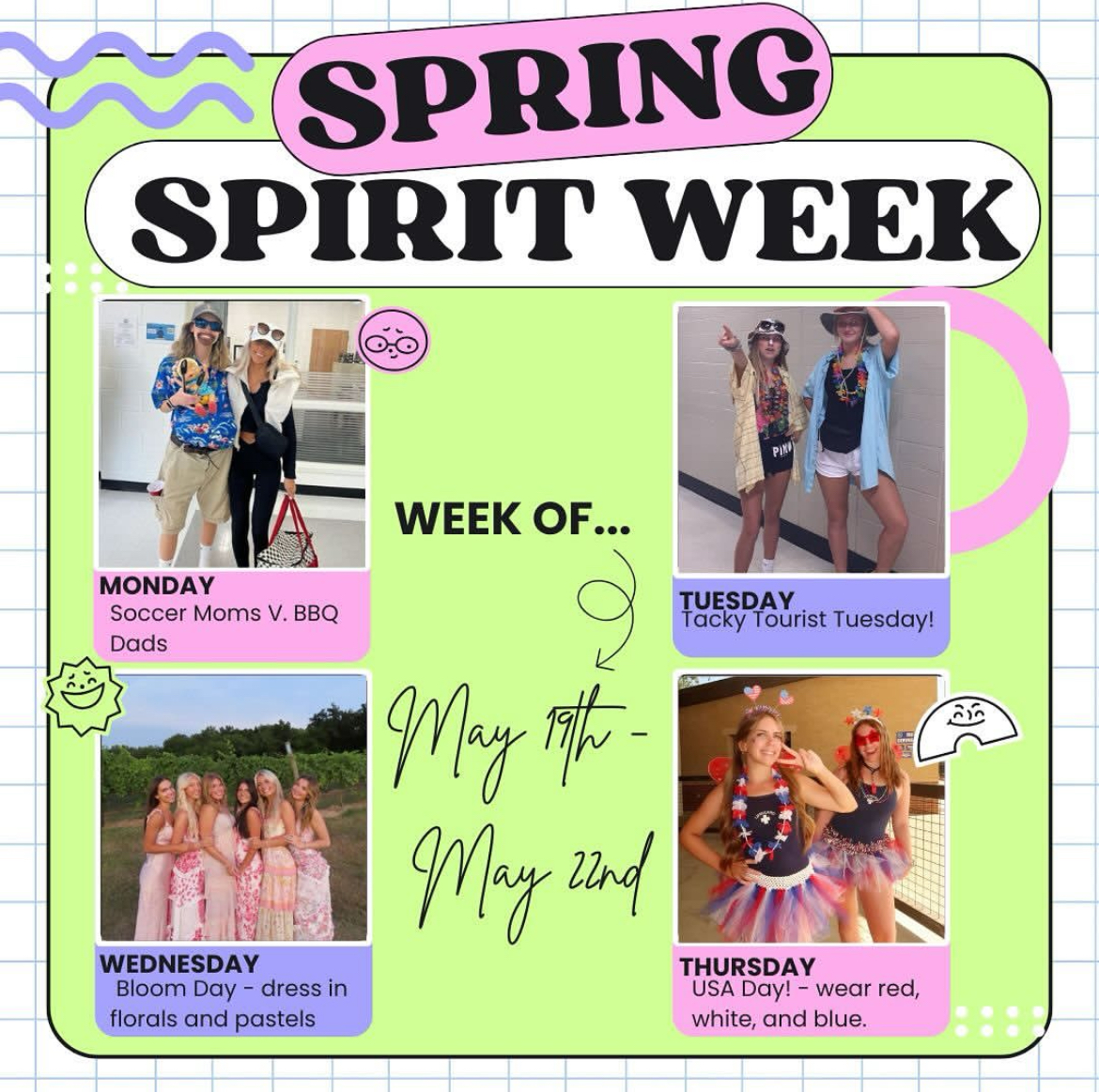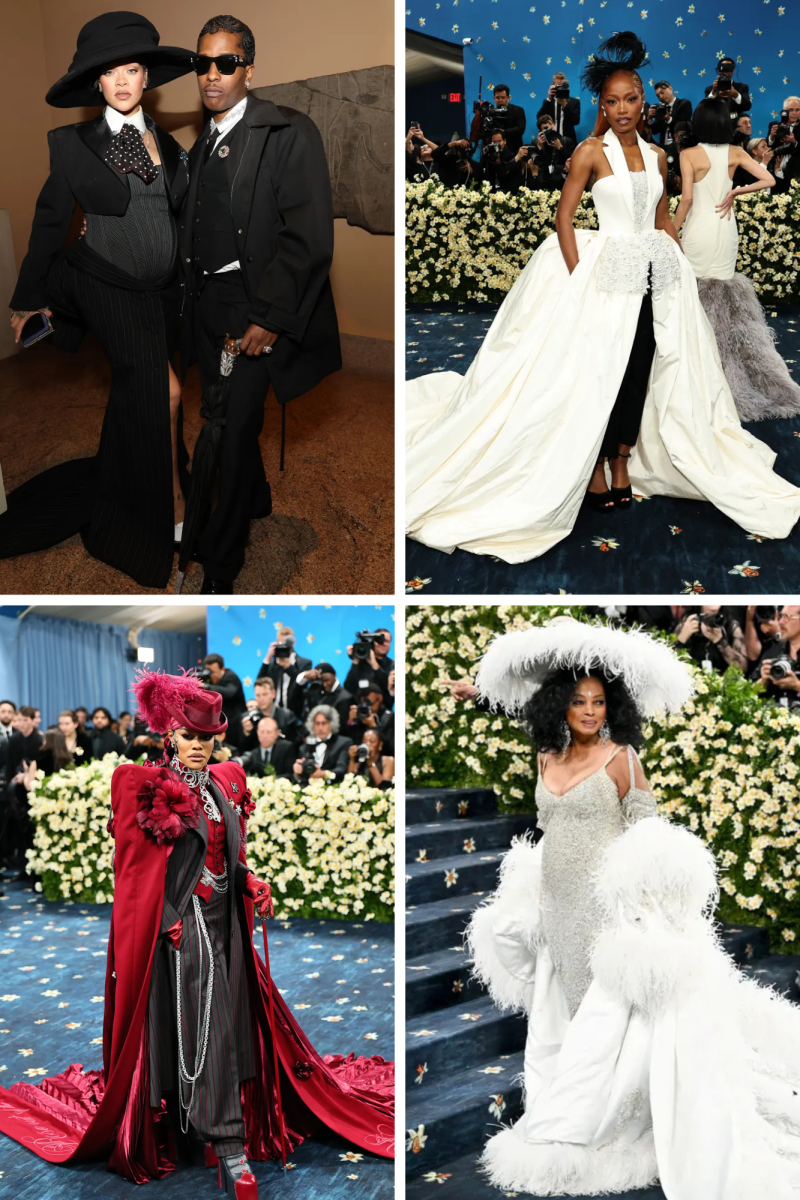On April 18, 2025, a group of scientists at the University of California, Berkeley did the unthinkable and discovered a new color in the atmosphere. The catch? Well, you can only see it by being shot with an eye laser. This new color ‘olo’ has been described as a rich blue-greenish hue that cannot be perceived with the human eye.
The color itself has always been around but before now, it was not able to be seen with the human eye. It falls on a spectrum that human eyes cannot perceive due to the way our eyes evaluate color wavelengths, so to allow the recipient to see the color they have to use a micro-laser to activate color receptors unnaturally. This allows humans to see what has been invisible previously.
Many have been confused as to what makes it different from any other and the best explanation is that you simply can’t see it without a little help. This is because when the eyes are perceiving color, there are three different types of cone cells in the eye: L, M, and S. These are named after the length of wavelengths, short being red, medium being green, and long being blue. In normal vision when light triggers an M cell it will also trigger a neighboring S or L cell as their functions overlap. However, in this project, they can activate M cells alone which would never happen naturally. This allows the recipient to experience a whole new color that has never before been seen naturally.
“There’s no wavelength in the world that can stimulate only the M cone,” Ren Ng, a professor at UC Berkeley and co-author of the research paper, explained in an article published on its website. This led to them wondering what you would see if you only stimulated all M cone cells. The prediction was that it would show green in its purest form which for the most part was extremely accurate as participants describe it as a teal of incomparable saturation. Austin Roorda, co-author of the research paper, even goes as far to say, “the most saturated natural color was just pale by comparison.”
After seeing the color, participants were asked to match the color the best they could and came up with the closest comparison that can be seen with the human eye being a shade of bright teal. The hardest concept to grasp about all of this is that there is no true comparison to the color; if you haven’t seen it, you won’t even be able to imagine it.
The overall goal of this type of research is to get better insight into how to solve color blindness. By finding ways to see new colors, scientists are better understanding how cone cells interact with the brain to interpret color. Hopefully, they will use this knowledge to better understand how to work with the cone cells to prevent color blindness. If this information is used in this way, scientists will be able to make the world a more inclusive place and allow everyone to experience the joy of seeing color.




























